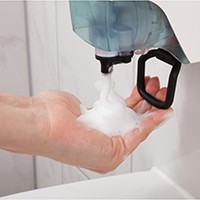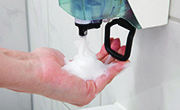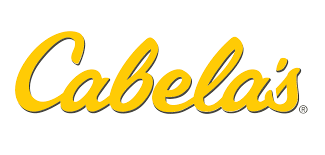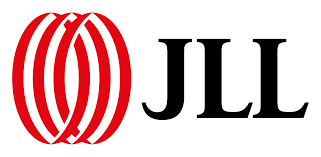
 The Internet of Things (IoT) is transforming the world around us – even the janitorial industry.
The Internet of Things (IoT) is transforming the world around us – even the janitorial industry.
But, first, what is the IoT? Every day “smart” Internet-connected devices are being used to extract data and help analyze insights about the world around us. These connected “things” include sensors in nearly everything, including cellphones, coffee makers, wearable devices, large manufacturing machinery, self-driving cars and more. By 2020, Gartner estimates that there will be over 20 billion “connected things” worldwide.
More and more companies are finding creative ways to use the power of IoT to enhance productivity, reduce supply costs and increase customer satisfaction and increase revenue. The janitorial industry is no exception.
Here are 5 ways the IoT is transforming the janitorial industry.
1. Predictive Maintenance
Traditionally, preventative maintenance is scheduled at regular, set time intervals. Using data collected from IoT sensors, problems can be diagnosed and transmitted in real-time to predict and enable on-demand maintenance. This predictive (or condition-based) maintenance holds great potential to decrease both down-time as well as maintenance expenses. From cleaning equipment, to a fleet of vehicles, to HVAC units, IoT connected sensors can track any deviation and the data can help to predict needed maintenance before failure.
2. Addressing Problems in Real-Time
Many people are well-familiar with how Internet-connected thermostats, lights, window blinds and security systems are being utilized in commercial buildings to help buildings be more energy efficient and to maintain comfort and safety for building occupants. These devices also help monitor occupancy usage and trends, remotely and easily intervene with necessary adjustments and provide greater peace of mind.
3. Keeping Tabs on Supplies
Connected, motion-controlled soap dispensers and next generation paper towel dispensers can send usage data wirelessly to a cloud-based platform. This data can be used to track and monitor when restrooms are having unusually high visitation – and might be in need of attention – as well as to send alerts for cleaning dispensers and re-stocking supplies in a more timely manner.
4. Virtual Restroom Monitor
Sensors in restroom equipment can help increase efficiency and customer satisfaction. Trash cans with lid sensors can sent janitors alerts on their phones so they can plan their routes to prioritize restrooms most in need of attention. Some restrooms even have sensors in the floors than can trigger alerts for leaks and flooding.
5. Self-cleaning Robots
Next generation vacuums and robotic floor scrubbers can use smart technology to clean floor surfaces on their own. Using GPS tracking and sensors, these “smart” cleaners can provide valuable data about location, work performed, usage time and duration, any maintenance issues and more.
If knowledge is power, then IoT-connected devices are making the janitorial industry smarter, cleaner and more sustainable.
































